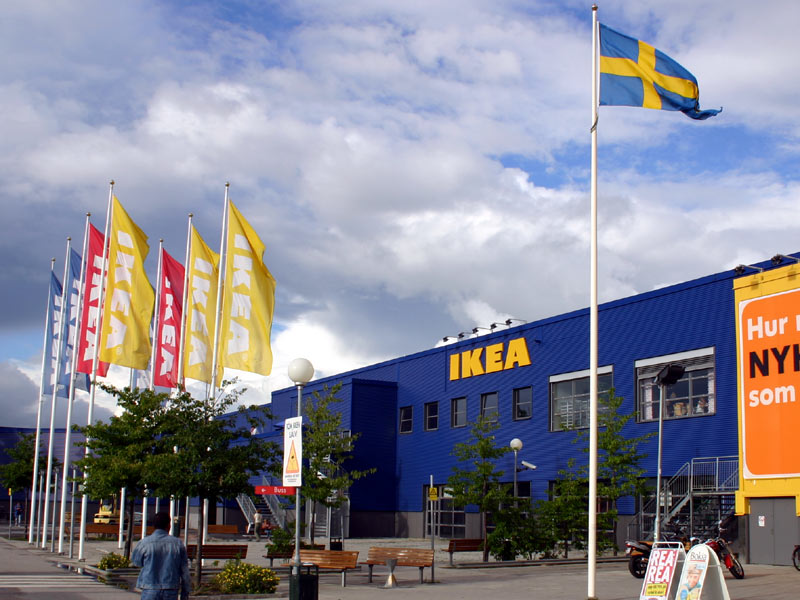When you want to try something new, in terms of dining, then OpenTable is the site to go to.

OpenTable is an online site where people post/rate their restaurant reviews and make reservations free of charge. It started out as a site but as Apple products dominate, it has now become a free application easily downloadable for the majority of Smartphones (iPhone, Blackberry, Android, etc).
The good thing about OpenTable is that for small businesses that are not worldly recognized, as long as the consumers give their restaurant a high rating, the success of the restaurant can change dramatically. On the contrary, if the small business does not receive a good rating then their reputation could be harshly impacted which would lead them through a rough path.
Thus, not only does OpenTable provide convenience and insight for consumers, it also gives a chance for restaurants to expand. OpenTable is a form of social media.



